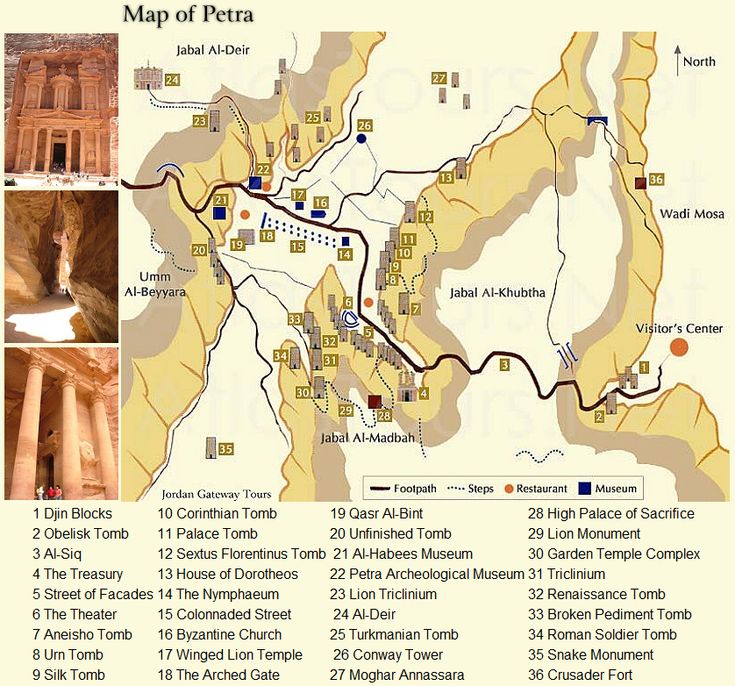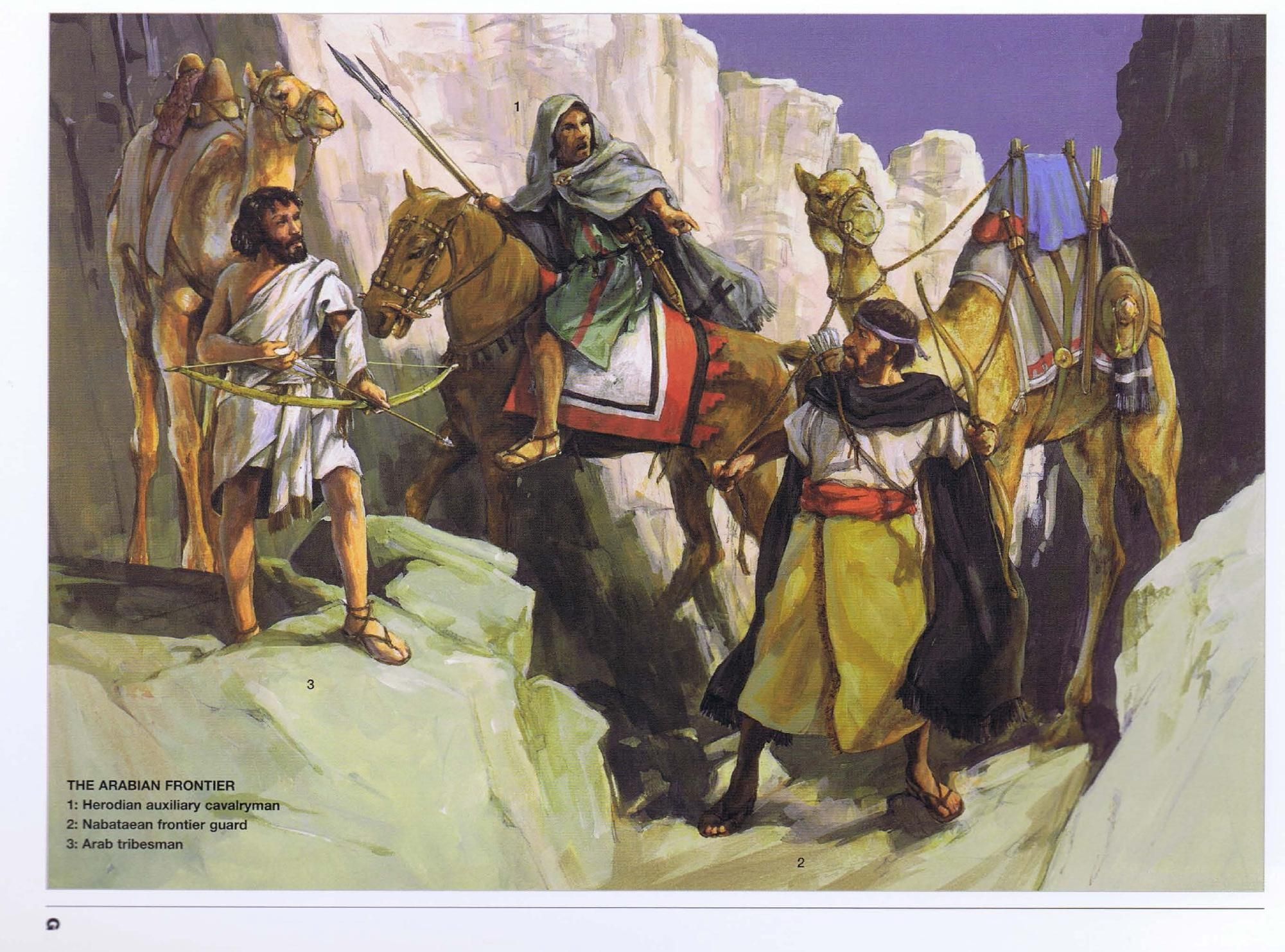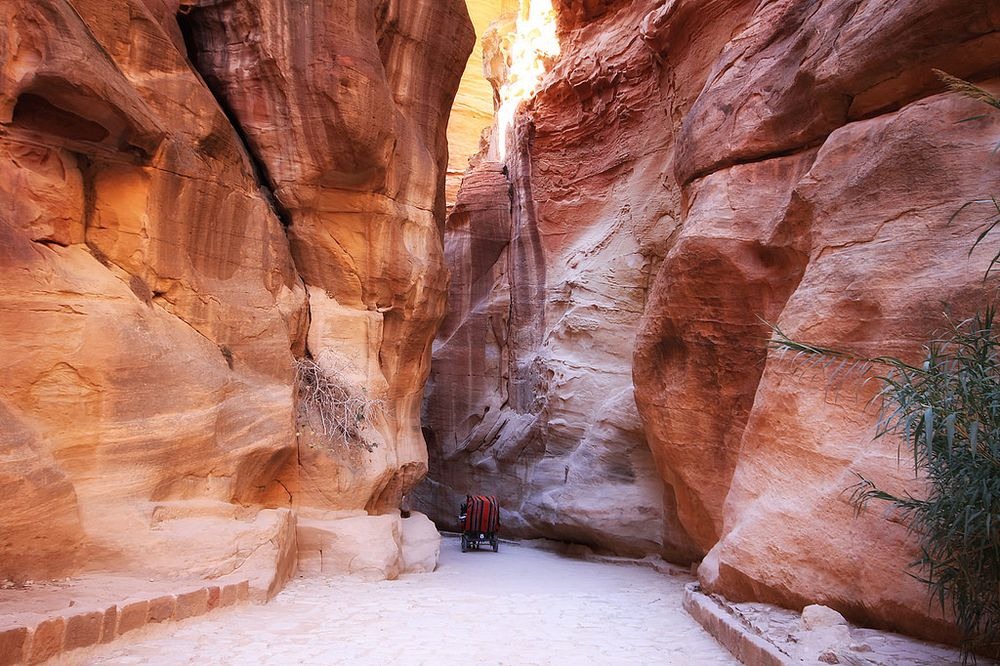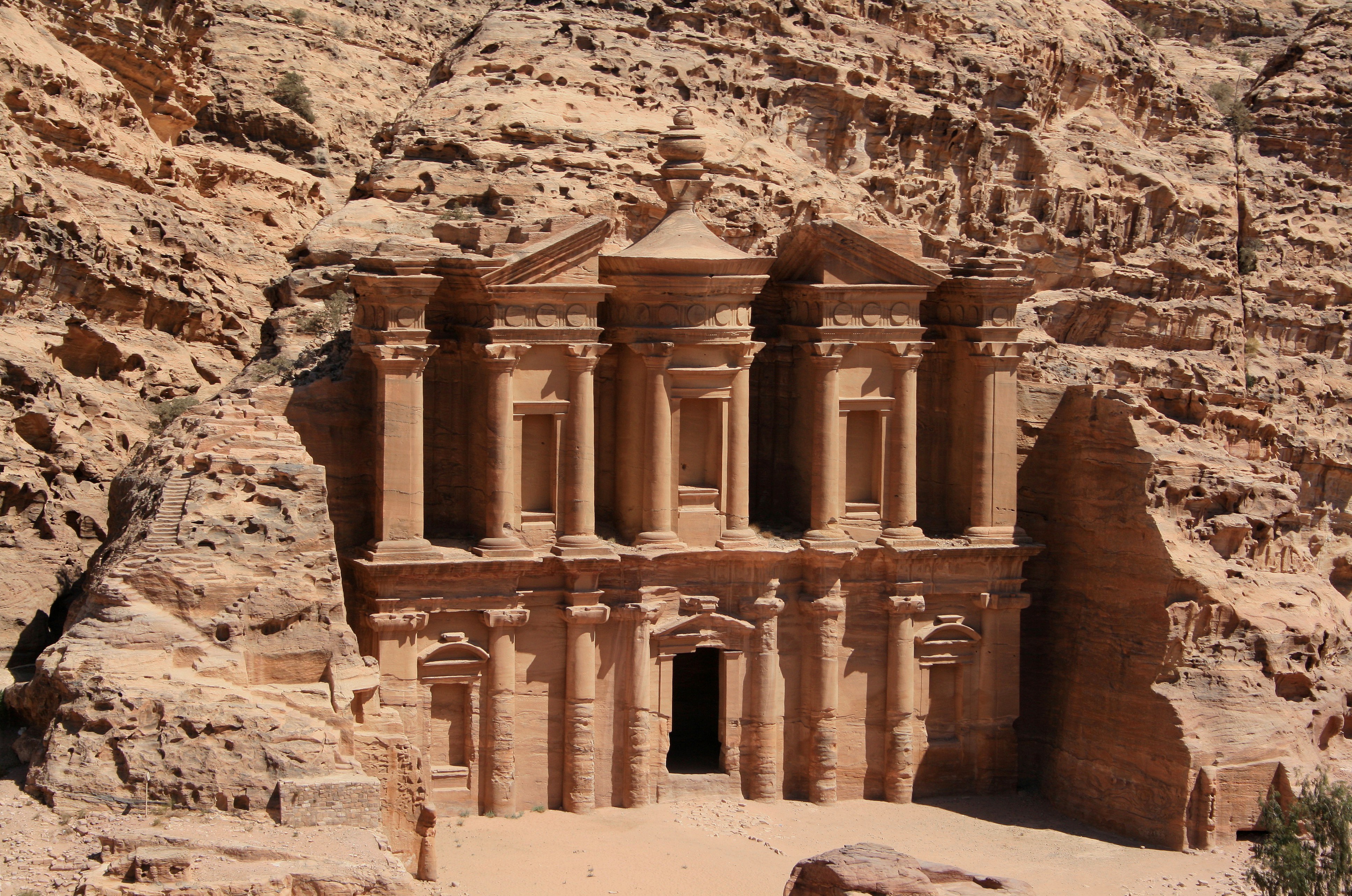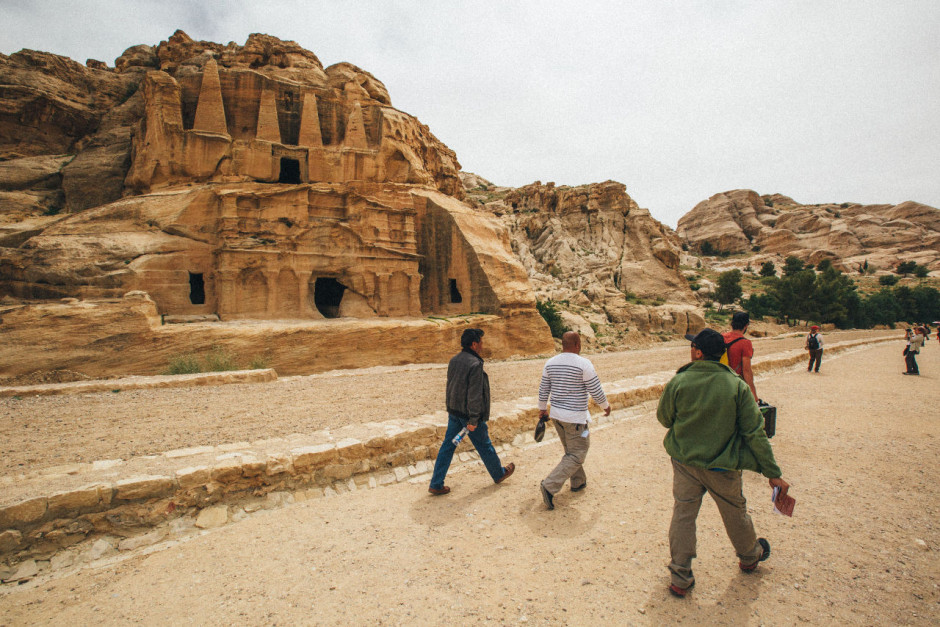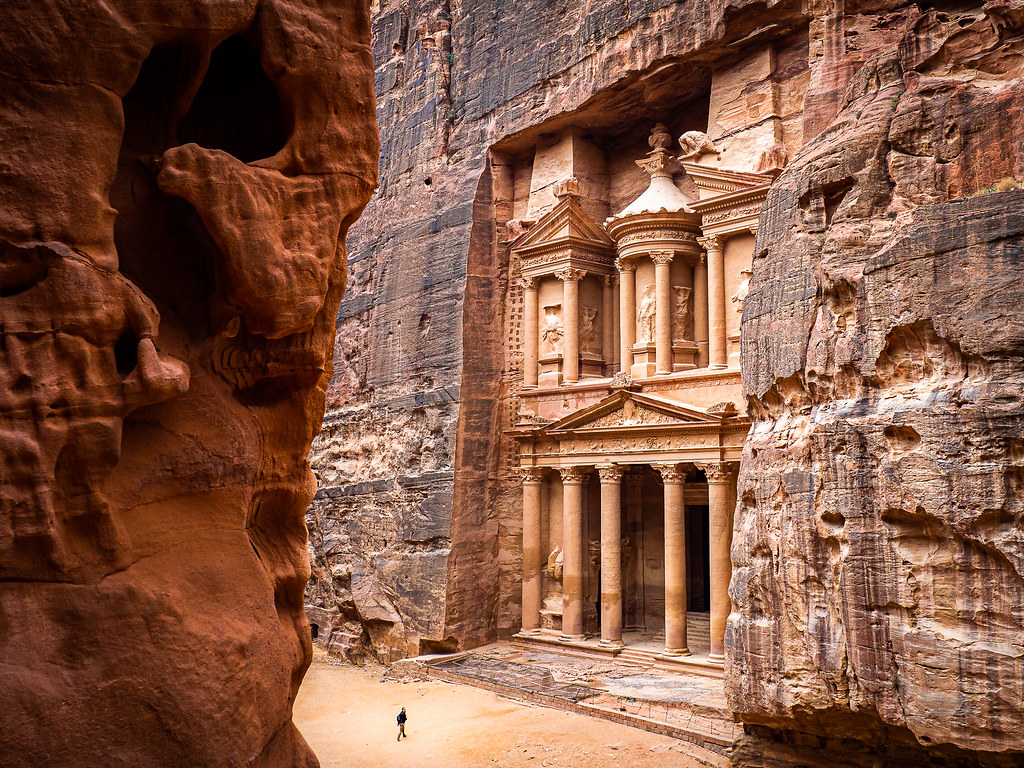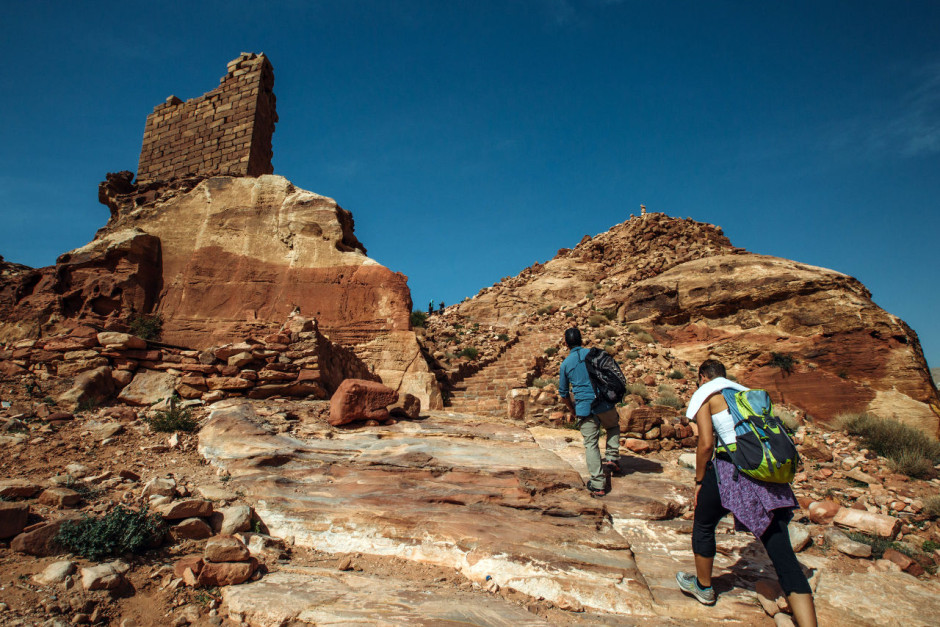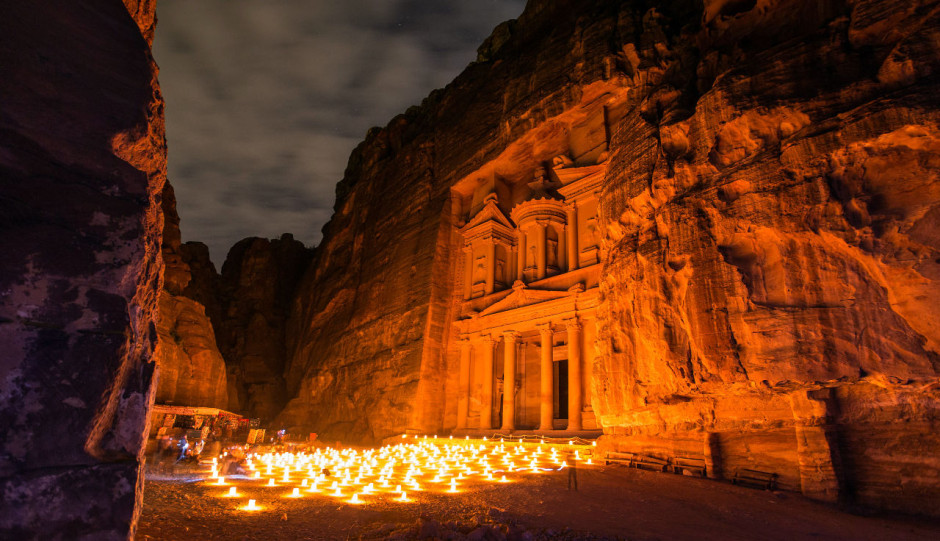Petra Pictures - Be Mesmerized To Jordan's 'Rose City'
If you want to see some Petra pictures, then you are in the right place. We gathered some of the best pictures of Petra. The rock-cut capital city of the Nabateans, situated between the Red Sea and the Dead Sea and inhabited since prehistoric times, became a major caravan centre for the incense of Arabia, the silks of China, and the spices of India during Hellenistic and Roman times, a crossroads between Arabia, Egypt, and Syria-Phoenicia.
Author:Liam JonesReviewer:Sophia HarperJul 08, 202221.7K Shares835.2K Views
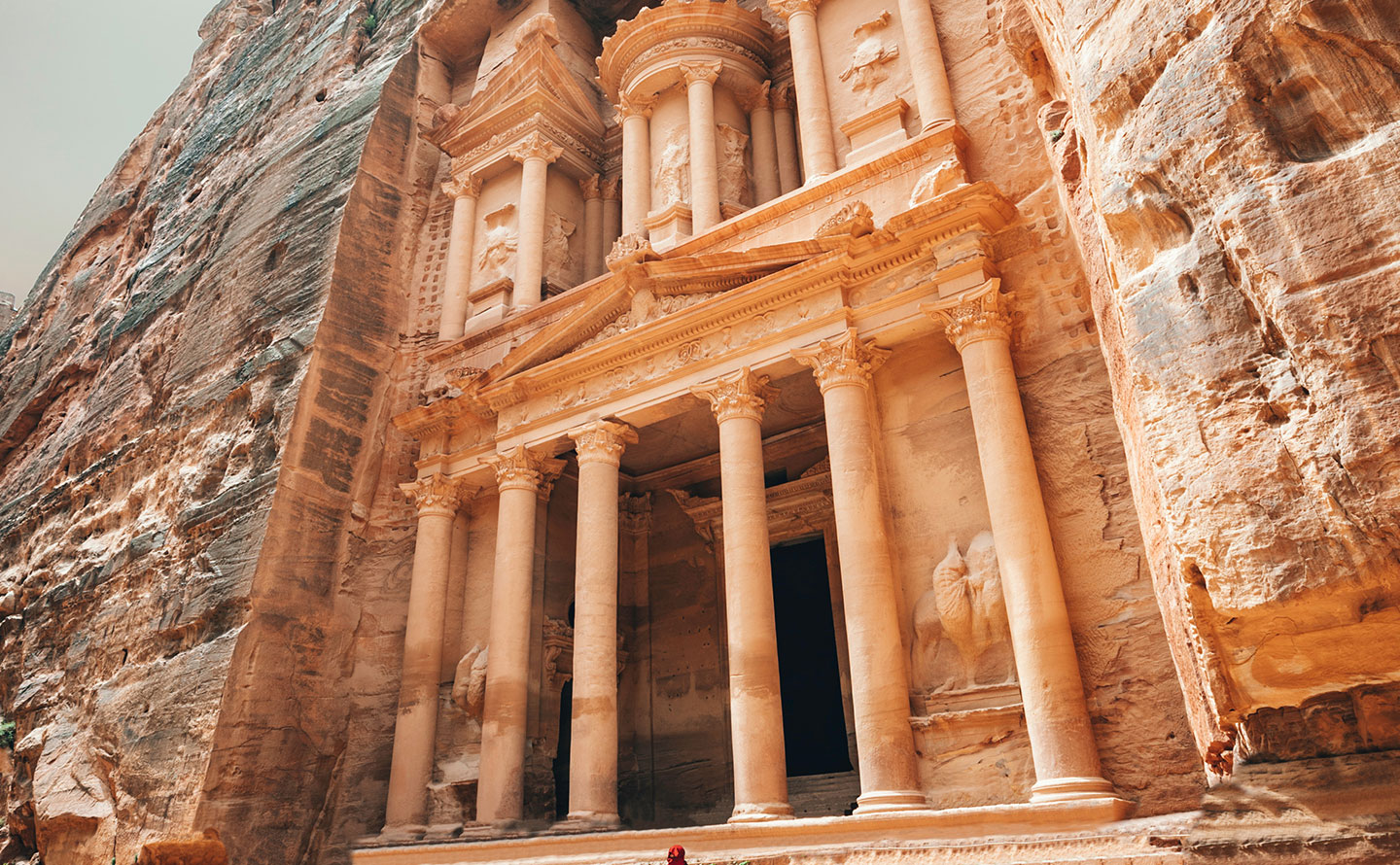
If you want to see some Petra pictures, then you are in the right place. We gathered some of the best pictures of Petra.
The rock-cut capital city of the Nabateans, situated between the Red Sea and the Dead Sea and inhabited since prehistoric times, became a major caravan center for the incense of Arabia, the silks of China, and the spices of India during Hellenistic and Roman times, a crossroads between Arabia, Egypt, and Syria-Phoenicia.
Petra is half-built and half-carved into the rock, surrounded by mountains crisscrossed with passageways and canyons.
Petra, Jordan Map
Petra is a historic city in southwest Jordan that was the center of an Arab kingdom in Hellenistic and Roman periods.
The city was established on a terrace pierced from east to west by the Wadi Musa (the Valley of Moses)—one of the spots where the Israelite commander Moses, according to legend, smashed a rock and water burst forth.
Because the valley is surrounded by sandstone rocks veined with red and purple ranging to pale yellow, the 19th-century English biblical scholar John William Burgon referred to Petra as a "rose-red city half as old as Time." The modern town of Wadi Musa, located next to the historic city, mostly feeds the regular stream of visitors who visit the site.
The vast extent of elaborate tomb and temple architecture; religious high places; the remnant channels, tunnels, and diversion dams.
All of these combined with a vast network of cisterns and reservoirs that controlled and conserved seasonal rains, and the extensive archaeological remains including copper mining, temples, churches, and other public buildings constitute Petra's Outstanding Universal Value.
The fusion of Hellenistic architectural facades with traditional Nabataean rock-cut temple/tombs such as the Khasneh, Urn Tomb, Palace Tomb, Corinthian Tomb, and Deir ("monastery") represents a unique artistic achievement as well as an outstanding architectural ensemble from the first centuries BC to AD.
The diverse archaeological remains and architectural monuments from prehistoric to medieval times provide outstanding testament to the now-lost civilisations that succeeded one another at the location.
Who Built Petra?
Around 150 BC, the Nabateans built Petra in what is now southern Jordan, while the civilisation was amassing tremendous wealth trading with its Greek and Persian counterparts.
The Roman, Byzantine, and Ottoman empires gradually absorbed the city, but its remains are notable for the artistry of its founders, who sculpted beautiful facades into cliffs and gorges. It was abandoned in the seventh century and rediscovered in 1812 by Swiss explorer Johann Burckhardt.
Along with the oldest Nabatean pottery, scientists discovered fragments imported from Hellenistic cultures that traded with Petra, as well as pottery from the periods when the Roman and Byzantine emperors guarded the city.
Petra, Jordan Inside
When you get to Petra, you will enter through the Siq, a tiny hallway (roughly a 1 mile long passage with extremely high stone walls created through tectonic forces and worn smooth by water).
This tunnel has the scars of nature and the works of man spanning hundreds of thousands of years.
The Al Kahzneh, or "the Treasury," is the first building or facade you'll encounter when you reach the end of the Siq (or hallway). This stunning structure is generally referred to as Petra's "face."
Turning right at the facade will take you deeper into the city, where you will see many more vast and intricate buildings (many of which are tombs), as well as some of the oldest man-made structures you have ever seen.
You'll be nearing the conclusion of Petra after several kilometers of spectacular architecture, marked by 850 steps leading up to the renowned Monastery.
Beautiful Pictures Of Petra
The Monastery
Ad Deir, or the Monastery, feels more like a free-standing structure than a mere facade, and is arguably more spectacular than the Treasury itself. It goes deep into the mountain, measuring 150 feet in both height and width.
The Obelisk Tomb
The Treasury
Despite its name, Al Khazneh, or the Treasury, it was utilized as a tomb, as were the majority of the other carved structures in Petra. Its front is 128 feet tall and has several Greek-inspired design elements, as well as statues of various deities and mythical beings.
The High Place
The High Place is a worthwhile diversion off the main route that provides some of the best views of Petra and the surrounding environment.
Petra During Night Time
Around dusk, you'll return to the Siq, the canyon corridor lit by candles.
People Also Ask
What Is Petra Famous For?
Petra, known for its rock-cut architecture and water conduit system, is also known as the "Rose City" due to the color of the stone from which it is carved. Since 1985, it has been a UNESCO World Heritage Site. According to UNESCO, Petra is "one of the most precious cultural resources of man's cultural legacy."
Does Petra Still Exist Today?
The "Lost City" still has secrets: The now-deserted city of Petra was thriving thousands of years ago. The prehistoric Jordanian city of Petra, carved directly into brilliant red, white, pink, and sandstone cliff sides, was "lost" to the Western world for hundreds of years.
Is Petra Worth Visiting?
Do not miss the opportunity to see Petra, one of the world's seven wonders and one of the most stunning ancient sites.
Conclusion
There is a long-term need for a framework for sustainable development and management techniques targeted at protecting property from harm caused by visitor pressure while increasing tourism revenues that contribute to the region's economic and social viability.

Liam Jones
Author
Liam Jones has made it his mission to prove that adventure doesn’t need a hefty budget. Having traveled to over 40 countries, he specializes in finding affordable ways to experience the world, from the best street food in Bangkok to hidden gems in Lisbon.
Liam’s travel tips have reached thousands of readers, empowering them to see the world on a shoestring budget without sacrificing quality. With a deep passion for local cultures, he continues to share his travel hacks, ensuring adventure remains accessible to all.

Sophia Harper
Reviewer
Sophia Harper’s photography acts as a portal to the soul of the places she visits. Drawn to South America’s landscapes and cultures, she has spent years capturing everything from the majesty of ancient ruins to the vibrancy of urban streets.
Sophia’s work isn’t just about documenting moments; it’s about evoking the emotions and stories behind them. A dedicated photographer, she has worked with local communities across South America to capture their rich cultural narratives through her lens.
Latest Articles
Popular Articles
